Navy Special Amphibious Reconnaissance Corpsman (SARC) vs. Special Forces Medical Sergeants (18D)

In the world of special operations, operators are required to put themselves in the face of danger on a regular basis. Whether it’s on a training op or deep behind enemy lines, to be in this line of work, you will face a level of risk unlike any other.
If things go south on a mission and someone gets hurt or needs urgent medical care, wherever they are, SOF teams need to be able to think on their feet and be extremely resourceful with how they render medical care. There’s no sophisticated, State of the Art Trauma Center on standby ready to take care of the casualties.
Although they may have close access to field surgical teams, the SARC or 18D is the trauma specialist at the point of injury. That’s what makes SOF medics such an integral and important part of the team - they receive the gold standard of medical training that suits the needs and missions of special operations forces, ensuring the best chances of survival and proper care.
There are two communities in the world of SOF medics that stand out among them all: Navy SARCs and 18D Special Forces Medical Sergeants.
These two SOF medic communities represent the best of the best, not only in their respective branches but across the entire military. Both are highly respected and effective at what they do. In fact, they’re even cut from the same cloth in the beginning stages of their careers. They receive their medical training side by side and move on to apply those skills to their respective mission sets.
But that begs the question, What exactly is the difference between a SARC and an 18D? What medical training do they receive to make them some of the most capable SOF medics in the entire world? Is one better than the other? And if you’re interested in joining either of these communities, which one’s best for you? Keep reading, and we’re going to answer all of those questions for you and much more.
TABLE OF CONTENTS
SPECIAL AMPHIBIOUS RECONNAISSANCE CORPSMAN (SARC) VS. SPECIAL FORCES MEDICAL SERGEANTS (18D): OVERVIEW

Before you can understand the differences and similarities between SARC and 18D, you need to know what each of these communities stands for, both figuratively and quite literally.
SARC stands for Special Amphibious Reconnaissance Corpsman. Every SARC is a hospital corpsman, which by and large is a conventional enlisted medical specialist in the Navy that can work in all aspects of medicine. But a SARC isn’t your typical corpsman, they receive extensive medical training and attend schools to learn the necessary skills to be an operator. Also known as Special Operations Independent Duty Corpsman, or SOIDC for short, they primarily work alongside Recon Marines and Marine Raiders. While they are in the Navy, they spend the majority of their time with the Marine Corps.
Special Forces Medical Sergeants, which are also referred to by their MOS code as 18D’s, are Special Forces soldiers as indicated by their names. They’re Green Berets, and are assigned that MOS to fill that role in their ODA, which is essentially an operating group for SF. Like a SARC is the medical asset for the Marines, 18D’s are the medical asset for their soldiers. Unlike SARCs, which are split into two different communities, 18D’s mainly operate with their own ODA’s.
But that’s just a brief overview of these communities. What about the finer details? While SARCs and 18D’s receive the same medical training, which we will touch on in the following parts of this blog post, the rest of their respective pipelines are fundamentally different. While both are time consuming and take multiple years to finish, and each has a grueling selection process that weeds out those who don’t want to be there, a SARC will primarily train alongside Recon Marines and move on to get jump and dive qualified, and an 18D will go through the Special Forces Qualification course and receive foreign language training. We’re really oversimplifying their pipelines here, so your main takeaway is that they only have a true crossover when it comes to their medical training.
Before we touch on their medical training, it's important to note that conventionally, medics in the U.S. military primarily serve as lifesavers. They are classified as “noncombatants,” and are only given a weapon to protect themselves or their patients. But don’t get it twisted, SARCs and 18D’s are still classified as combatants because, due to their training, mission sets, and role in SOF, they are needed as shooters. While your mileage may vary and it all depends on specific unit culture, both can be used as pointmen, breachers, or snipers. They’re trained to be just as skilled at taking lives as they are at saving them. Look at it this way… An 18D and a Navy SARC are required to play two roles. One role is rendering care and being as medically proficient as possible, and the other role is being trained up as an operator to blend in with the rest of the team during combat situations.
SPECIAL AMPHIBIOUS RECONNAISSANCE CORPSMAN (SARC) VS. SPECIAL FORCES MEDICAL SERGEANTS (18D): TRAINING

SARCs and 18D’s receive their medical training at the Special Operations Combat Medic Course, known as SOCM, and Special Forces Medical Sergeant Course, SFMS. These two courses are quite literally the gold standard of SOF medicine. Considered one of the most academically challenging courses in the military, attendees are expected to learn a lot of information in a short amount of time. You could say it’s like drinking water from a firehose. It’s not too uncommon for someone to fail a training block and get rolled to the next class.
SOCM is 36 weeks long, and SFMS is 16 weeks long, leading to around a year of intense medical training. While other SOF medic communities out there attend SOCM, such as the Rangers, SEALs, SWCCs, or Civil Affairs soldiers, SARCs and 18D’s are the only communities that move on to attend SFMS, so this is what sets them apart from the rest. At SFMS, they build on what’s learned in SOCM, and expand the echelon of care that they can provide on the battlefield by getting a better understanding of pharmacology, canine and veterinary medicine, and patient management over a longer period of time beyond just prolonged field care itself. If you were to compare a SARC or 18D with a civilian medical job, the closest equivalent would probably be a physician’s assistant. In fact, during their training at SOCM and SFMS, they do rotations at some of the busiest and most renowned medical facilities in the U.S.
What’s amazing about all of this is that SARC and 18D candidates can walk into the door with no prior medical background and be trained up to understand and perform some of the most sophisticated medical techniques and procedures in just a little over a year. That’s how great this training is over at SOCM; it’s a testament to both the quality of the students and the training itself.
But don’t think the medical training ends for these two communities after their time at SOCM and SFMS. At a minimum, there are refresher courses for each of these schools that must be attended every two years. Currently, SARCs attend the SOCM refresher, and 18D’s attend both the SOCM and SFMS refresher, but they are trying to make it mandatory for SARCs to attend the SFMS one as well.
Where the big separation occurs is how they apply what they’ve learned. While a Navy SARC and 18D might receive the exact same medical training, they have fundamentally different roles in SOF and thus apply their medical skills in different ways. To avoid going into hyper specifics, you can think of it like this. A SARC working with Recon Marines will be performing their medical function in alignment with the Recon Mission, which will ultimately be vastly different from the mission set of an 18D. On the other hand, a SARC operating with MARSOC will be acting similar to an 18D because MARSOC’s mission sets are very similar to SF’s. At the end of the day, SARCs as a whole will be applying their medical abilities in more acute settings and short-term scenarios.
Special Forces soldiers, due to their emphasis on foreign internal defense and unconventional warfare missions, are all trained in a foreign language. This means they have long-term deployments where they integrate with local forces and communities. 18D’s typically use their medical capabilities not only on their own men but on local populations as well. Since they can be deployed to a specific geographic area for an extended period of time, they also render more long-term medical services and care. You don’t really see that as much with SARCs, but again, this is not a one size fits all description.
This next comparison should come as no surprise: another major difference between these two communities is the water. Not only do Navy SARCs have dive school and dive medicine built into their pipeline, they also operate in maritime mission sets because 1. They’re in the Navy, and 2. their involvement with the Marine Corps. If you’re not good in the water, you can’t become a SARC.
That doesn’t mean that 18D’s can’t also become dive and dive medicine qualified. They can be afforded the opportunity through follow on training, just understand that it’s not a guarantee nor built into the pipeline. Bottom line for those choosing between these two communities: if the water floats your boat, go SARC. If you don’t want to get wet, go 18D.
SPECIAL AMPHIBIOUS RECONNAISSANCE CORPSMAN (SARC) VS. SPECIAL FORCES MEDICAL SERGEANTS (18D): DEPLOYMENT AND IN GARRISON

The differences between a SARC and 18D don’t end at the water. Their medical authorities differ whether they’re deployed or in garrison. For those who don’t know, in garrison means when you’re back stateside and not in a deployed status. This distinction we’re about to discuss is important because even though operators deploy a lot, they still spend a significant amount of time stateside whether it be training for the next deployment cycle or they’re in a non-deployable billet.
In a deployed setting, certain authorities a doctor would normally have are passed on to SARC’s and 18D’s, because you wouldn’t expect a medical doctor to be kicking down doors with a team of operators. Since they are the closest thing to a doctor on site, certain authorities of a doctor are delegated to them. However, back in the states, SARC’s retain these authorities and 18D’s do not. To put it practically, that means that SARCs are able to practice medicine in ways that 18D’s cannot throughout the whole deployment cycle. Additionally, these authorities lead to SARC’s being more experienced in clinical medicine. The drawback for SARCs, however, is 18D’s supplement this lack of authority by getting regular rotations at hospitals, which are unique opportunities to learn and practice medicine that SARCs don’t get too often.
Overall, despite the differences and perks between these two communities, it is an honor to be a part of either one. They will continue to bring irreplaceable value to the service members they take care of and the branches they represent. When an 18D and SARC finish up their time, plenty move on to become Paramedics, Physician Assistant’s, Doctors, you name it. Both communities enjoy a plethora of medical opportunities when they transition to civilian life. That’s an important factor to consider when you’re joining the military, because you can’t serve forever, so you have to plan for the long term!
SPECIAL AMPHIBIOUS RECONNAISSANCE CORPSMAN (SARC) VS. SPECIAL FORCES MEDICAL SERGEANTS (18D): CONCLUSION

So, after learning all of this, you might be asking yourself, which is better? SARCs or 18D’s? Well, if you’re a long-time reader of General Discharge, you probably know what we’re about to say. Neither is better! Both are endlessly valuable in their own way when used in accordance with their capabilities. At the end of the day, both serve unique purposes and offer something important to SOF.
Lastly, we briefly touched on the missions of SF, Recon and MARSOC. If you’d like to learn more about any of these, we’ve done blog posts comparing the missions of Recon vs. MARSOC, and Special Forces vs. MARSOC. This will help paint a better picture of what these communities are all about.
If you want to learn more about the military, law enforcement, or government entities, we have a YouTube channel dedicated to providing the best info out there, plus we have a growing list of blog posts as well. Click the links to take you to them!
General Discharge is a veteran-owned, veteran-operated organization that is dedicated to providing the best U.S. Military and Law Enforcement information. With over 250 YouTube videos, over 45 million views, and hundreds of thousands of followers, we have contributed to the success and knowledge of both the current and future generations of service members.
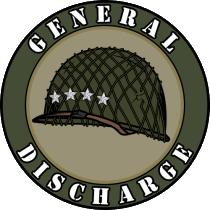
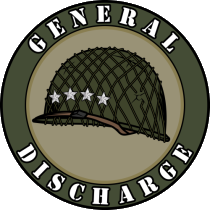

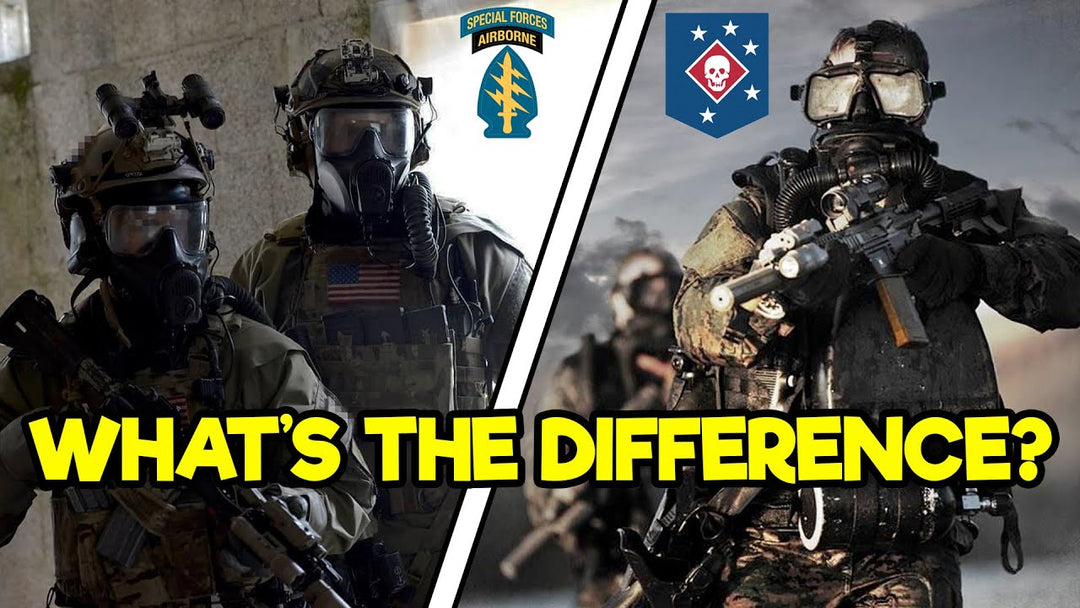
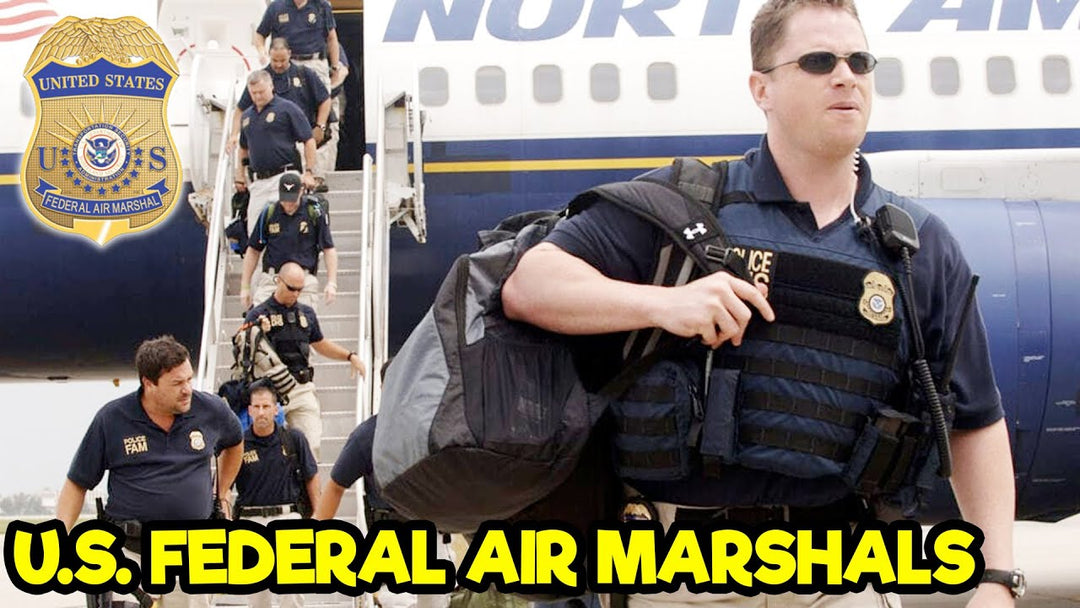
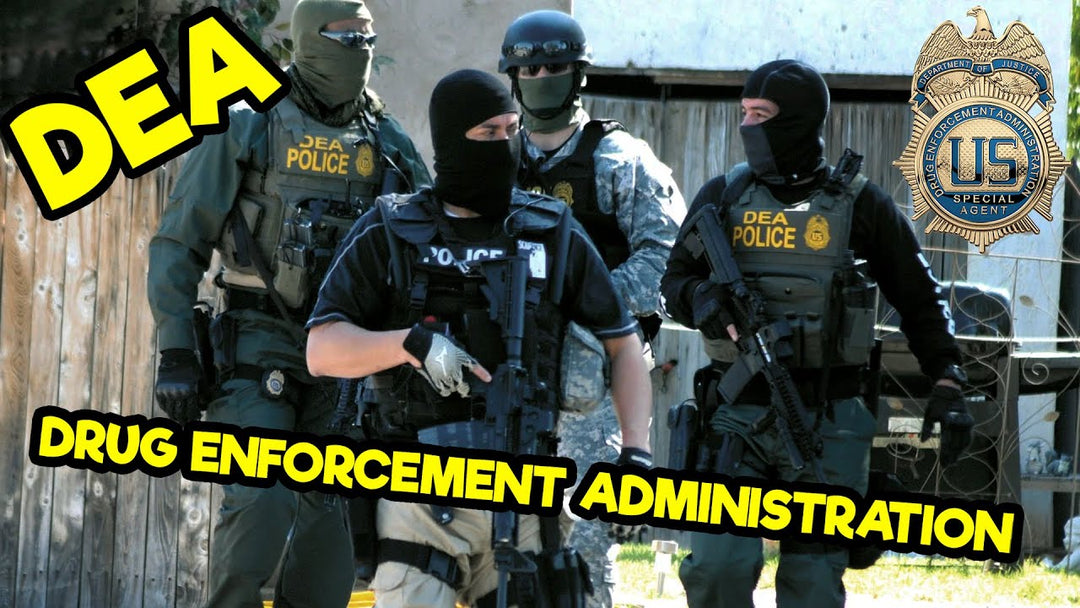
Leave a comment